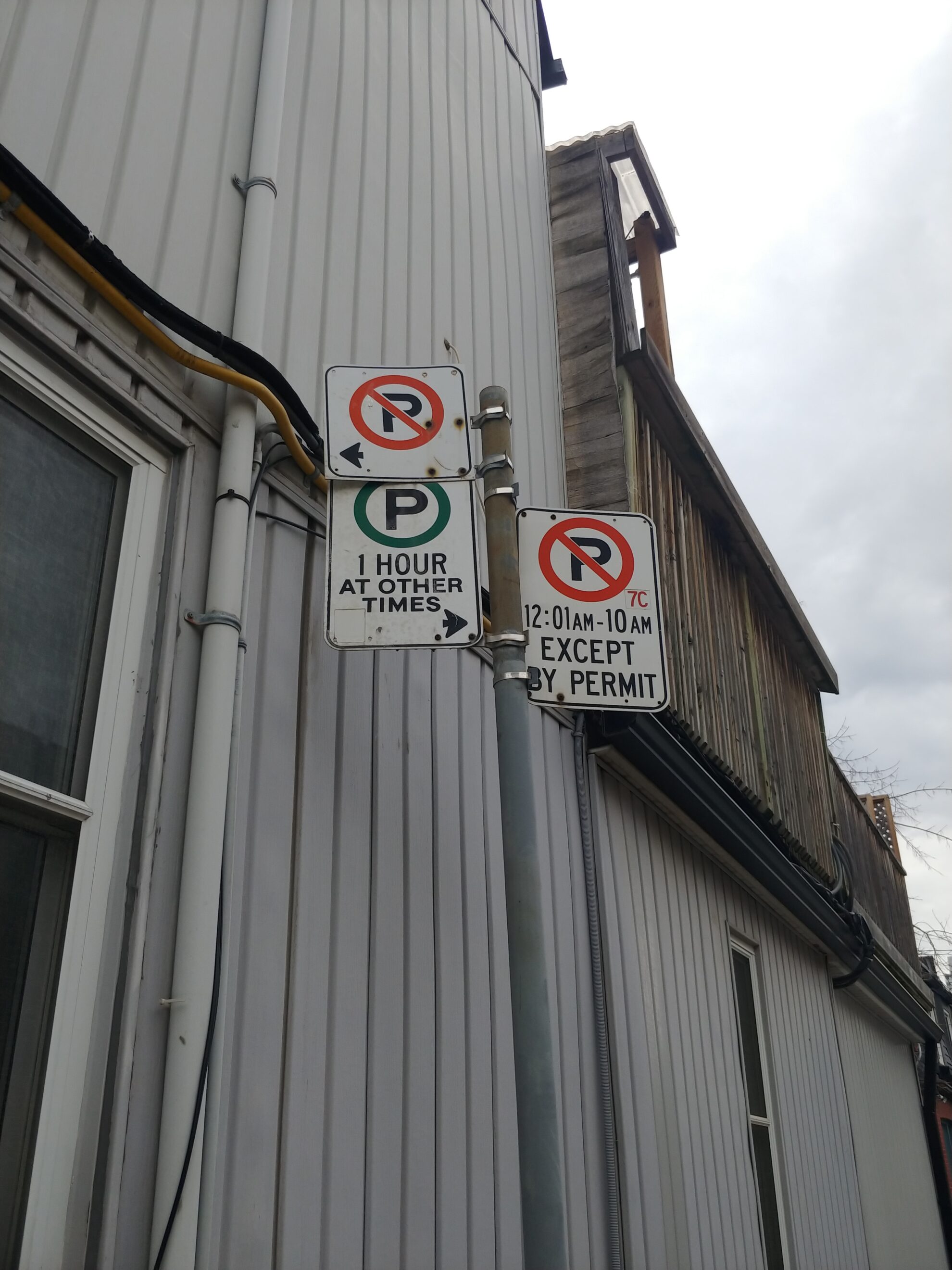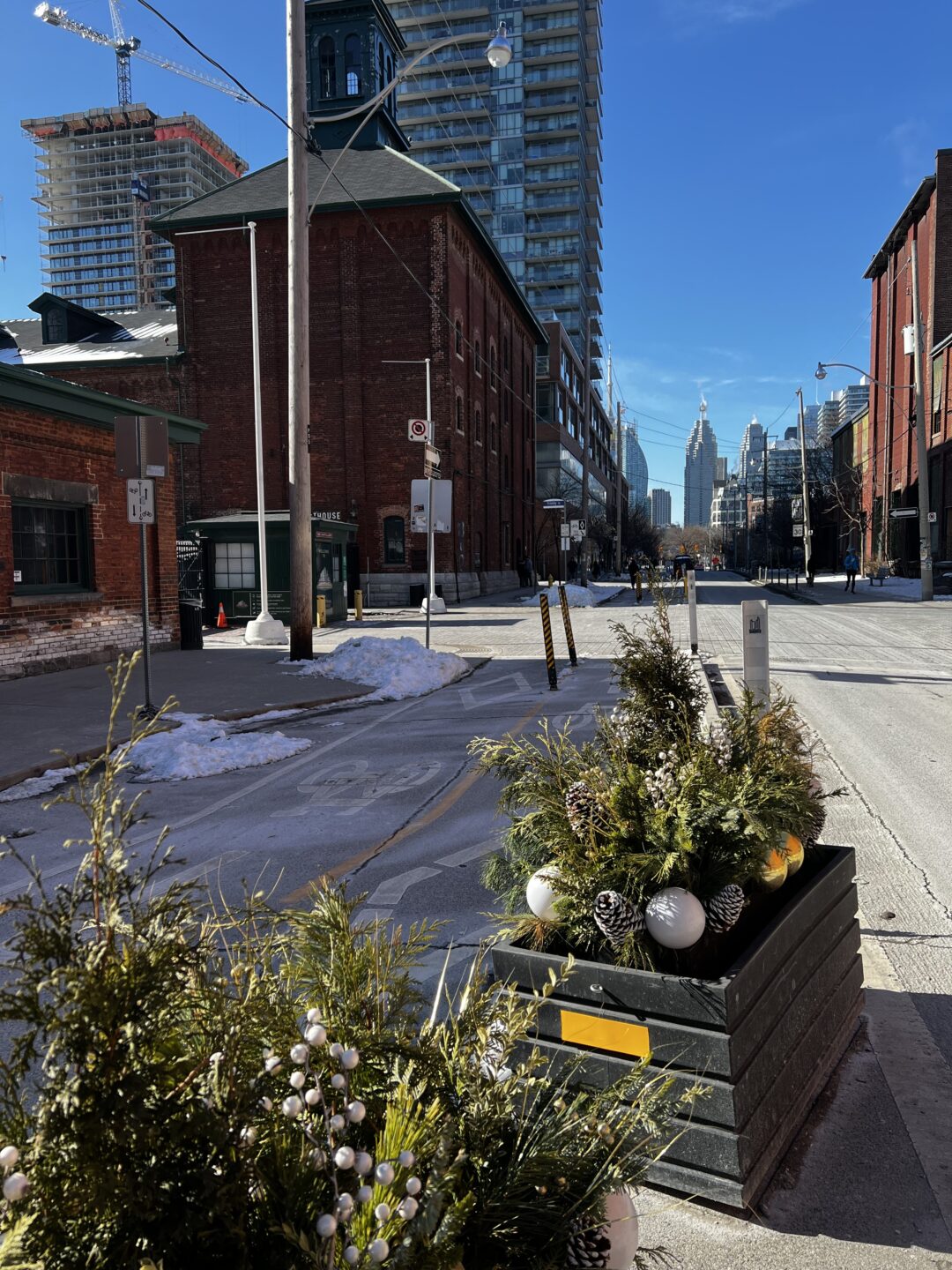Christopher Hume –
Donald Shoup, the great guru of urban planning, had no illusions about the effects of parking on the human brain. “Thinking about parking,” he wrote in 2018, “seems to take place in the reptilian cortex, the most primitive part of the brain … said to govern instinctive behaviour involved in aggression, territoriality and ritual display.”
Shoup, who died this February aged 86, might not have changed driver behaviour – no one could — but he did more to influence parking policy than anyone else before or since. Indeed, until Shoup, parking was of little interest to planners. It was conspicuous only in its absence. Yet for scholars, like the rest of us, finding a place to park is one the enduring quests of modern life. Remember that vehicles are parked 95 percent of the time.
Little wonder then, that the problem of where to leave the car looms so large. Not only do we demand a spot when and where we need it, we’d rather not have to pay for it, thank you very much. But as Shoup made clear in his book The High Cost of Free Parking, which changed parking policy around the world, even when we don’t have to pay, free parking is actually quite expensive, according to him, equivalent to four percent of gross domestic product in the United States.
Even without the benefit of back-to-back snowstorms, parking in Toronto rates high on the list of things we love to hate about the city, especially in the Old City, where narrow streets and unused space are hard to find. Shoup’s answer is obvious, if not as simple as it sounds: “Charge the right price for on-street parking … [T]his is the lowest price you can charge and still have one or two spaces per block.”
If spots are rarely free, he argues, the price is too low. If too many are free, the price is too high. Charging too much encourages cruising, which increases congestion, pollution and general frustration. In fact, Shoup estimates that as much as a quarter of downtown traffic consists of drivers searching for a place to park.
Things are different in the suburbs. Because they are designed for cars, parking lots tend to be numerous, big and free. At the same time, auto-dependence also means destinations are far apart; getting to work, home or school, going to the mall or the doctor means driving, which, again, increases congestion, pollution, sprawl and general frustration.
But as Shoup also points out, municipal parking requirements are part of the problem. Civic efforts to quantify the appropriate number of parking spots can be mystifying. Some examples: for beauty salons, two places per hair dryer; for stores, three spots per 100 square metres; and for convents, one spot per 10 nuns.
In a city such as Mississauga, extreme parking regimes have left vast amounts of space sitting largely empty most of the time. The parking lot at Square One, where every day is Boxing Day, can hold more than 7,000 vehicles.
In 2021, in a rare show of enlightenment, Toronto replaced minimum parking requirements with maximums for new residential developments. The intention was to reduce car use across the city while encouraging other forms of mobility. This makes eminent sense in densely integrated downtown neighbourhoods that are walkable and well served by public transit.
Shoup also liked to remind us that drivers and non-drivers alike all pay for free parking. That’s because costs are factored into the goods and services we purchase while our cars wait outside.
“Wherever you go,” said Shoup, “– a grocery store, say – a little bit of the money you pay for products is siphoned off to pay for parking. My idea is simple: if someone doesn’t have a car, they shouldn’t have to pay for parking.” He also suggests that employees who don’t use their employer’s free parking should receive a cash equivalent.
Good luck with that.
Ending a century of auto addiction hasn’t been easy; Ontario Premier Doug Ford’s war on bike lanes is the latest example of our deadly four-wheel habit. It’s not a pretty picture, but Toronto is a community in flux. Reclaiming the city must include taking back the vast spaces ceded to the car in past decades, including the roads that drivers now consider theirs alone.
The struggle will be nasty, noisy and noxious. Such is the price of freedom.





1 Comment
Good issue. Excellent argument. Now to read Shoup.